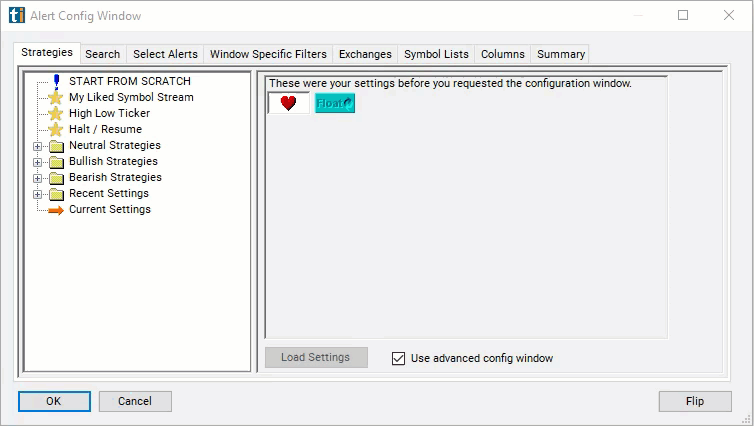Held By Insiders
Table of Contents
- Understanding the Held By Insiders Filter
- Held By Insiders Filter Settings
- Using the Held By Insiders Filter
- FAQs
Understanding the Held By Insiders Filter
The "held by insiders" filter in stock trading is a tool used to identify stocks based on the percentage of shares held by insiders within a company. Insiders typically include executives, directors, and other employees with access to non-public information about the company's operations, financials, and future prospects.
Here's a detailed explanation of the "held by insiders" filter:
Definition of Insiders: Insiders are individuals who have access to confidential information about a company due to their positions within the organization. This includes corporate officers, directors, and employees who own at least 10% of the company's outstanding shares.
Calculation of Insider Holdings: The "held by insiders" filter calculates the percentage of shares held by insiders relative to the total outstanding shares of a company. It provides insights into the level of insider ownership and their potential influence on corporate governance and decision-making.
Significance in Trading: Insider ownership is an important metric for investors and traders as it can reflect management's confidence in the company's future prospects. Higher levels of insider ownership may signal alignment of interests between insiders and shareholders, suggesting a strong belief in the company's growth potential.

Held By Insiders Filter Settings
Configuring the "Held By Insiders" filter is simple and can be done within the Window Specific Filters Tab of the Configuration Window in your Alert/Top List Window.
Here's how to set up the filter in your configuration window:
- Adjust the minimum value to 20 to see only stocks where at least 20% of their shares are held by insiders.

Using the Held By Insiders Filter
The "Held By Insiders" filter can be used in various trading strategies, including:
Follow the Insiders: Traders may adopt a strategy of following insider buying or selling activity to identify potential trading opportunities. If insiders, particularly executives or directors, are accumulating shares of their company's stock (insider buying), it may signal confidence in the company's future prospects. Conversely, significant insider selling activity may suggest concerns about the company's performance or outlook.
Insider Buying Signals: Traders may interpret insider buying as a bullish signal and consider initiating long positions in the stock. Insider buying can be seen as insiders putting their own money behind the company's success, potentially signaling undervaluation or positive developments on the horizon.
Insider Selling Signals: Conversely, traders may interpret significant insider selling as a bearish signal and consider short-selling or avoiding long positions in the stock. Insider selling could indicate insider pessimism or concerns about the company's future performance, prompting traders to reevaluate their bullish outlook.
FAQs
What exactly does the "held by insiders" filter measure?
- The "held by insiders" filter measures the percentage of a company's outstanding shares that are held by insiders, including executives, directors, and employees with access to non-public information about the company. It provides insights into insider ownership levels and their potential influence on corporate governance and decision-making.
How is insider ownership calculated, and where can I find this information?
- Insider ownership is calculated by dividing the total number of shares held by insiders by the company's total outstanding shares and expressing the result as a percentage. This information is typically disclosed in company filings with regulatory authorities such as the Securities and Exchange Commission (SEC) in the United States.
What is considered a high percentage of insider ownership, and why is it important?
- The threshold for what is considered a high percentage of insider ownership can vary depending on industry norms, company size, and investor preferences. Generally, insider ownership percentages above 10% to 15% are considered substantial. High insider ownership levels may indicate management's confidence in the company's future prospects and alignment with shareholder interests.
How does insider ownership influence trading decisions and market sentiment?
- Insider ownership can impact trading decisions and market sentiment by signaling management's confidence in the company's performance and potential for growth. Traders may interpret significant insider buying or selling activity as bullish or bearish signals, respectively, and adjust their trading strategies accordingly.
Filter Info for Held By Insiders [Insider]
- description = Held by Insiders
- keywords = Fundamentals Changes Daily
- units = %
- format = 2
- toplistable = 1
- parent_code =